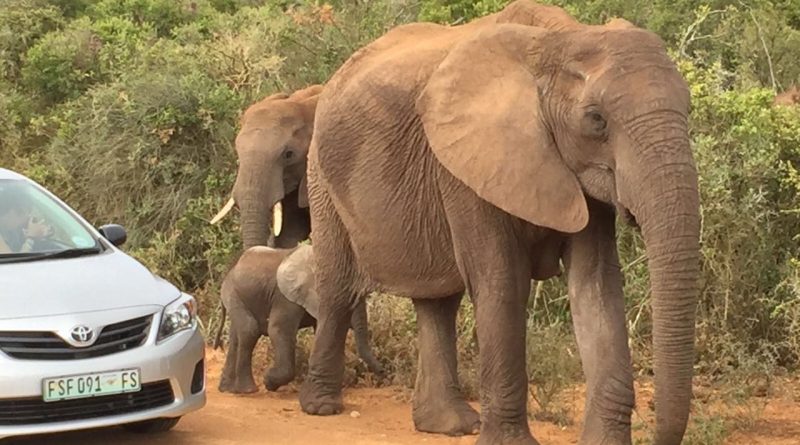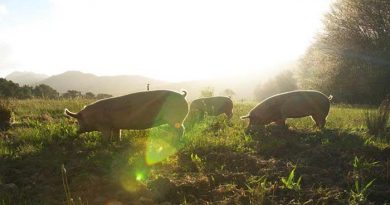Is Roadkill the elephant in the Room?
There is no doubt that the biggest threat facing the survival of the iconic African Elephant is poaching, with a recent study undertaken by Colorado State University suggesting that 100,000 elephants have been killed for their ivory in the last three years. However, the Endangered Wildlife Trust’s (EWT) Wildlife and Roads Project suggests that the knock-on effects of habitat loss, which is also a serious threat to these magnificent animals, could be more severe than previously realised. These include the risk of vehicle collisions with elephants, as road infrastructure imcreasingly encroaches on their habitats.
While it may seem an unlikely occurrence, and motorists would be expected to see such sizeable animals with enough time to stop, reports have been received from across the African continent of elephants being killed on roads. One recent such report came from Hwange National Park in Zimbabwe, where a baby elephant was knocked down by a vehicle in the park. A visitor recorded the distressing scene, which showed individual members of the herd trying to help the baby, which was later euthanised by park rangers. “It’s something that we don’t really like to think about,” explains Wendy Collinson, the EWT’s Wildlife and Roads Project Executant, “especially when it’s a baby animal, and happening in a national park where wildlife are supposed to be protected.” People who visit protected areas do so because they love nature, and would, no doubt be devastated if they were responsible for the death of an animal. “But it happens,” adds Wendy, “and is one of the reasons why the EWT is currently working in protected areas in South Africa to try and address the threat of roads to wildlife.”
In 2014, the EWT initiated an assessment of roadkill rates in five selected parks in South Africa. “This five-year project attempts to reduce the impact of road users on wildlife in protected areas, and we have been using pre- and post- mitigation-surveys, to examine ways to improve driver vigilance,” says Wendy. By assessing drivers’ responses to various driver-alert-signage, measured through their response to fake animals placed on paved roads in Pilanesberg National Park, early results suggest that, before placement of signage 50% of observed drivers were scanning the bush for wildlife, while the other 50% were looking at the road. Of these, 40% adapted their behaviour to ‘miss’ the fake animal, which means that 60% drove over the snake. “Our prediction,” adds Wendy, “is that effective signage will increase driver vigilance”.
The Roads in Parks Project will shortly be commencing surveys in the Kruger National Park. “These methods have come too late to save the baby elephant in Hwange, but we hope that through further research we will find the right solution that ultimately conserves our wildlife”, concludes Wendy.
The EWT’s Wildlife and Roads Project is supported by Bridgestone SA, North West Parks Tourism Board, Copenhagen Zoo and South African National Parks.
Also view:
Roadside Littering endangers All Road Users! https://t.co/nH14VBwYYi #ArriveAlive @OFM9497 @N3Route pic.twitter.com/sZ09zNYRv9
— Arrive Alive (@_ArriveAlive) July 20, 2017




